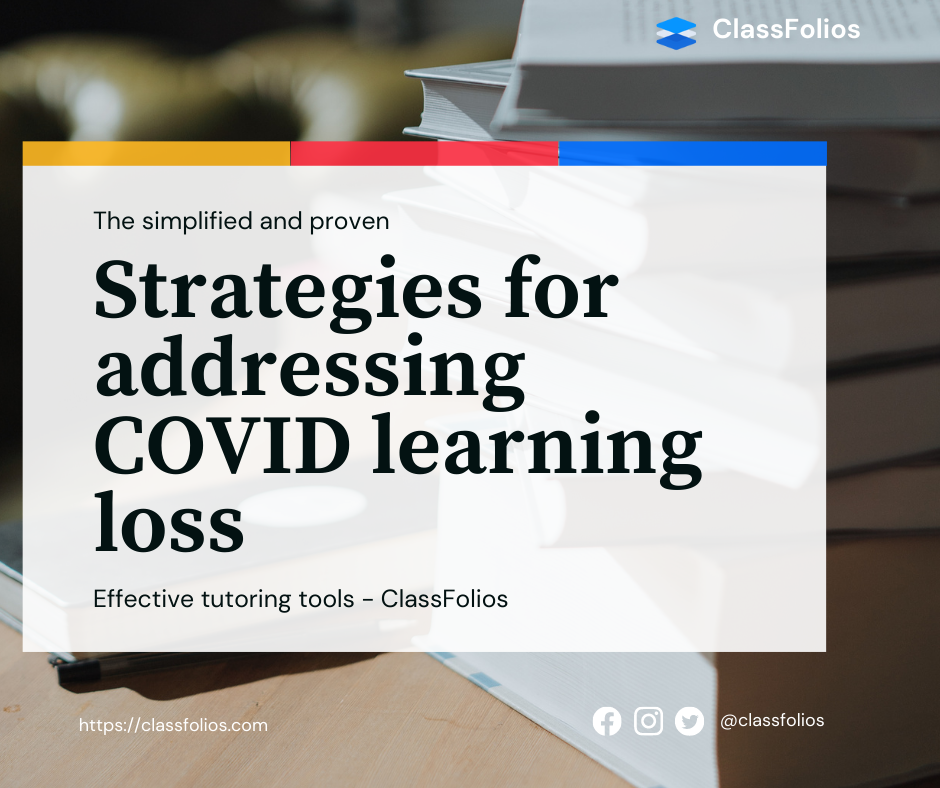Learning Loss due to COVID-19

With an entire year of disrupted schools, it is time to analyse the impact of the pandemic on student learning particularly among the disadvantaged students across the world. It is without doubt the most challenging year for education both for the teachers and the students in the history of modern education. It is also evident from the studies, there was amplification effect among students who have to deal with additional challenges like learning disability, economic hardship or unstable home environments.
Learning Gap is Real:
Analysis by Mckinsey shows significant learning impact, leaving students on average of five months behind in mathematics and four months behind in reading. This unfinished learning also will have financial and economic loss to the tune of $128 billion to $188 billion as Mckinsey estimates. This impact is not only in the United States but also in other countries including Netherlands, which only had 8 weeks of complete locked down, as the scientific paper claims.
Strategies for addressing learning gap:
Thinking through the possible solution and strategies to address this learning gap, we may resolve to the proven and existing methods - tutoring!
Multiple research has found the role of tutoring is effective and essential in helping students to improve. The results suggest that tutoring is a key tool.
Tutors Vital Role:
As the research shows evidence in tutoring, we need to think about strategies to address both the viability of this option from the tutors point of view. This includes equiping the existing tutors and make them feel enabled, adding to the tutors pool to name a few. This is where tools like ClassFolios can help in enabling the tutors to run their business in an autopilot mode. Initiatives like Khan Academy Schoolhouse has aimed to add volunteers to the tutoring pool.
Parents and Siblings are part of the solution:
Parents have become more engaged in their children’s education and has contributed to increased interaction with both school teachers and private tutors. Parents and elder siblings have helped and that is one of the reasons we see the data with COVID learning loss to have impacted the high schoolers than the elementary grades. Simple solutions including disabling notifications, apps and restricting devices from nonlearning apps can go a long way in helping student address this gap.
Initiatives and Financial Resources:
The biggest cost to tutoring as a solution is the finanical aspect. Both British government and the U.S - AmeriCorps have led the funding initiatives to address this learning gap in an aim to subsidize tutoring programs. There are also initiatives like Haverford College students offering free tutoring service.
In summary, to address the learning gap that COVID has created among students tutoring is a viable and proven option. In order to ensure there is equitable learning among students we should equip both financially and with tools the tutoring community and enable them to address this gap. In the coming days, we will see more initiatives to make this a reality.